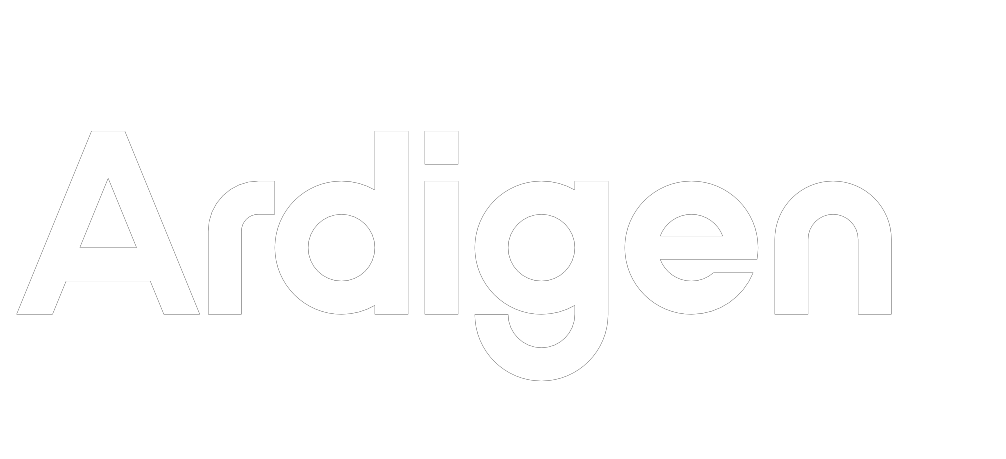31
September 2024
Target Identification: The Cornerstone of the Drug Discovery Process
Target identification is the cornerstone of the drug discovery process. By employing AI and ML methods in your target identification process, you can reduce the risk of drug failure at the subsequent stages, accelerate drug discovery and development, cut down the costs of R&D and improve your competitiveness on the market.
21 October 2024




